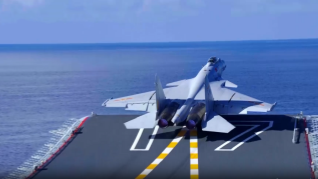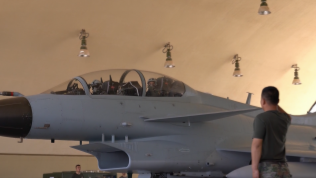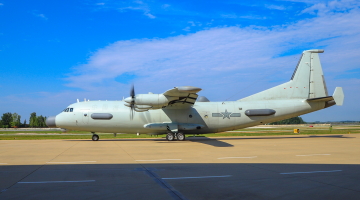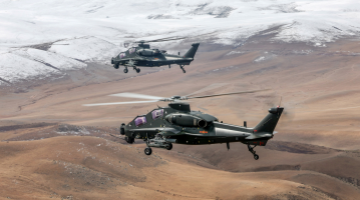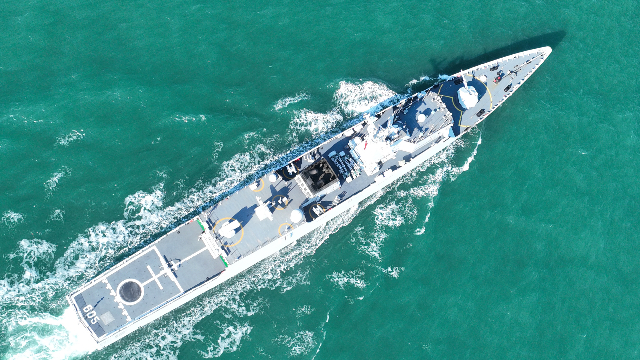By Kong Gang
In late June, NATO concluded its largest-ever air military exercise Air Defender 2023. Since the first participating fighter jet took off from a northern German airport on June 12, more than 10,000 troops and over 250 military aircraft of various types from NATO and its partner countries have taken part in the exercise. Despite the numerous exercises NATO has carried out in Europe in recent years, there are some important points to note.
First, the exercise was unprecedented for the NATO air force as the most likely first service to enter the battlefield. NATO has always been highly concerned about the cooperative combat ability of allied air forces. The 25 participating nations include NATO members, Sweden, which is still seeking to join NATO, and Japan in East Asia. More than 250 participating military aircraft of 23 different types covered almost all types of air force aircraft. In terms of geographical scope, although most exercises are concentrated in three areas of Germany's airspace and the adjacent North Sea and Baltic Sea, this exercise can be closely linked with two other NATO military exercises in Estonia and Romania through specially designed air corridors. Coupled with the use of airports in the Netherlands and the Czech Republic, this exercise covered most of Europe's airspace from the Atlantic Ocean to the Black Sea and the Baltic Sea.
Second, the military exercise has a clear background and strong targets. According to NATO officials, the exercise is aimed at testing the ability of NATO member air forces to fulfill Article 5 of the North Atlantic Treaty, which states that they collectively defend their territorial airspace. NATO countries rehearsed scenarios in which a hypothetical enemy seized the Klebius region of eastern Germany and NATO air forces reacted quickly as local conflict continued in Europe. In this context, there are more than 200 daily drill missions, including aerial combat, coordinated movement between different countries and aircraft types, air support to ground strikes, rescue and special missions. Besides, NATO countries have also exercised courses such as electronic countermeasures. NATO's intent to deter Russia is quite obvious.
Third, this military exercise reflects certain changes in NATO's internal and external dynamics in recent years. It is not a coincidence that the coordination of the exercise was entrusted to Germany's military command, which highlights Germany's increasing status within NATO. Relying on its strong national strength, Germany has an increasing say in NATO and European security-related affairs. In recent years, Germany has proposed the NATO's framework nations concept and constructing a unified air defense and anti-missile system with a number of countries. It has taken more important steps in the field of defense construction following the escalation of local conflicts in Europe in 2022. All of these are pushing Germany to the center of Western military architecture, and the US is happy to see it happen for its own strategic reasons. Local conflicts in Europe also strengthen US control over European security.
Fourth, it is worth mentioning Japan, the only non-Euro-Atlantic country in the exercise. Though small in scale, Japan's participation reveals its ambition. NATO is also discussing matters related to the opening of a liaison office in Japan as an important step to strengthen relations with Japan, despite questions and objections from member countries such as France. Japan's participation in the NATO exercise is a clear attempt to intervene in European security matters that have nothing to do with it and to promote NATO's involvement in East Asian affairs. It can be said that the exercise arrangement has a negative impact on international security, which cannot be disguised by all the positive rhetoric of NATO officials.
(The author is from the College of International Studies, National University of Defense Technology.)



